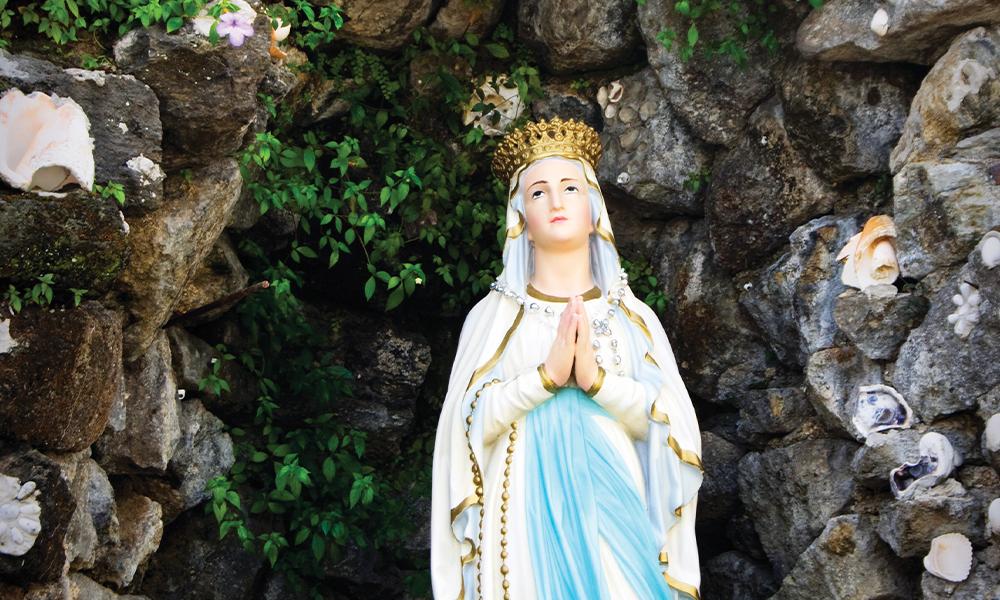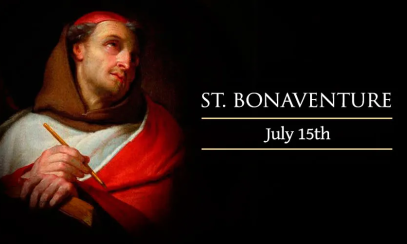
Sacred Places
Pope Francis, in his prophetic letter on care for our planet, wrote, “The history of our friendship with God is always linked to particular places which take on an intensely personal meaning; we all remember places, and revisiting those memories does us much good” (Laudato si’).
Most of us probably have special places we remember. Childhood places may stand out in memory. Places of vacation, retreat, and pilgrimage often leave us with lasting memories. Perhaps the beauty of nature, such as a mountain, lake, forest or desert, enhances our memory. And in certain places, for reasons largely unknown to us, we may experience the presence of the Holy.
But special places are not always remote and scenic. The Trappist monk, Thomas Merton, remembered an epiphany he had one day on a street corner in Louisville, Kentucky.
He wrote, “In Louisville, at the corner of Fourth and Walnut, in the center of the shopping district, I was suddenly overwhelmed with the realization that I loved all these people, that they were mine and I theirs, that we could not be alien to one another even though we were total strangers” (Conjectures of a Guilty Bystander).
Not all experiences of the Holy are instantaneous. Some experiences are the result of time and familiarity. An oratory, grotto, chapel, or church may not initially affect us in any special way. But, after many experiences of entering the space for prayer or attending many sacramental celebrations, the place becomes “holy” for us.
The space itself may be ordinary in its appearance, but familiarity with it through numerous occasions of prayer and celebration makes it a comfortable and healing space. We are at home here, and we are ourselves, and God is near.
A graced world
Pope Francis reminds us that every part of creation gives praise to God by being itself. And because we live in a graced world, any part of creation may speak of God’s loving presence. With such a “sacramental imagination,” the world lights up. It becomes a type of sacrament for us.
“Nothing is profane for those who know how to see,” said Pierre Teilhard de Chardin, a French Jesuit priest and scientist.
13th-century Franciscan theologian John Duns Scotus wrote about the “thisness” of things. Haecceity, he called it (haec, Latin for ‘this’). Through “this” particular place I enter into the spaciousness of God’s creation. A contemporary Franciscan writer concludes, “Go deep in any one place and you will meet all places.”
To appreciate the sanctity of our daily life we sometimes have to go away… and then come back. The poet T.S. Eliot wrote, “…the end of all our exploring will be to arrive where we started and know the place for the first time” (Four Quartets). Then we may see the sacred depth of our days.
Revisiting a place, or its memories, does not guarantee another experience of the divine. We cannot summon the experience of God. And our faith does not rely on having “experiences.” We do not travel by sight, as St. Paul reminds us, but by faith. But, now and then, our faith is renewed as we remember, or revisit, a place where God’s presence was palpable.
The truth is we are always experiencing God, usually implicitly. Special places help sensitize us to God’s presence even in less numinous places. For St. Teresa of Avila, God’s presence was also “among the pots and pans.”
To be aware of God’s presence in our ordinary lives is a cause for praise and thanksgiving. Pope Francis reminds us to be grateful for the special places that light up our lives. These sacred places are way stations on our pilgrimages of faith.


